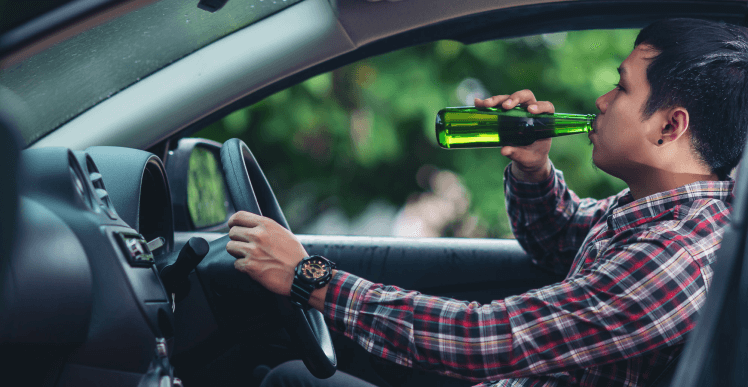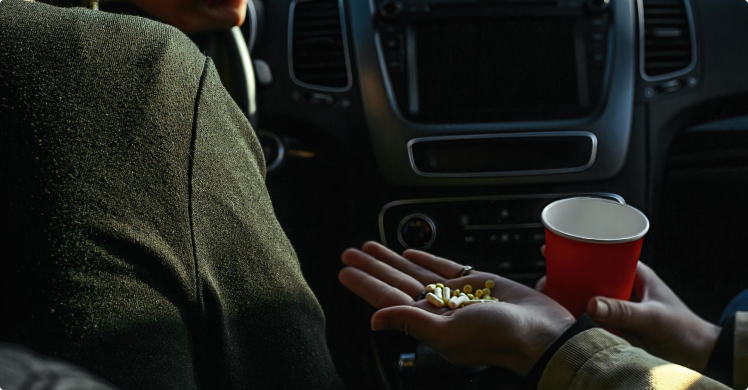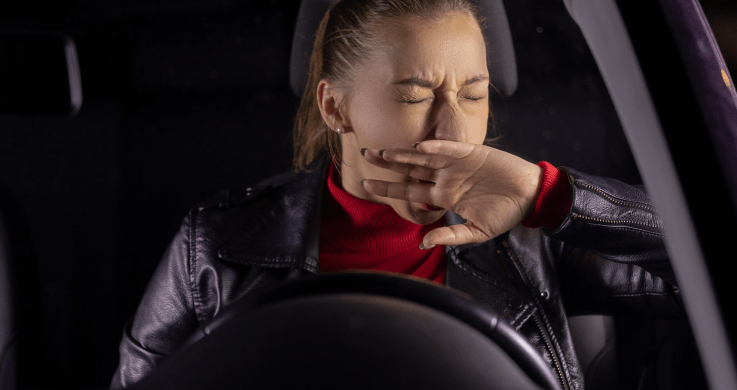Impaired Driving
Driving carefully to avoid impairment risks
Driving under the influence of any substance that weakens the driver’s sense of judgement is influenced or impaired driving.
“Out of 193 recognized nation states, only 28 countries in the World have laws with respect to speeding, drunk driving, helmets, seat belts and child restraints.”

World Health Organization
WHO
Impaired driving has multiple causes with the top ones being
Alcohol

Drugs

Medication

Fatigue

# of drug users in Pakistan
6.7 million
UN Office on Drugs & Crimes
# of classified drug addicts in Pakistan,one of the highest figures in the world.
2 million
UN Office on Drugs & Crimes
Impaired driving results in slow reaction time, poor judgement and decreased motor skills and hence fuels the risks of road accidents and fatalities. Although, driving under the influence is legally prohibited in the country, actual implementation of the law remains a serious challenge.
Be a Responsible Driver!
Substances like alcohol, drugs and some medicines reduce the function of brain, impair muscle coordination and weakens judgement. A person’s alcohol level is measured by the weight of the alcohol in a certain volume of blood. This is called Blood Alcohol Concentration, or BAC. At a BAC of .08 grams of alcohol per deciliter (g/dL) of blood, crash risk increases exponentially.
| BAC Level (%) | Typical Effects |
|---|---|
| 0.02 – 0.03 | Light-headedness, relaxation, sensation of warmth, altered mood, minor impairment of judgment. |
| 0.04 – 0.06 | Feelings of relaxation, lowered inhibitions, sensation of warmth, minor impairment in reasoning and memory. |
| 0.07 – 0.09 | Euphoria, fatigue, impairment in balance, speech, vision, reaction time, and hearing; judgment and self-control are impaired. |
| 0.10 – 0.12 | Significant impairment of motor coordination and loss of good judgment; speech may be slurred; balance, vision, reaction time, and hearing are impaired. |
| 0.13 – 0.15 | Gross motor impairment and lack of physical control; blurred vision and major loss of balance; euphoria begins to diminish. |
| 0.16 – 0.19 | Dysphoria (anxiety, restlessness) predominates; nausea may appear; the appearance of a “sloppy drunk.” |
| 0.20 – 0.30 | Confusion, dizziness, and disorientation; vision and speech are impaired; possibility of nausea and vomiting; blackouts are likely. |
| 0.30 – 0.40 | Stupor, unconsciousness, central nervous system depression; risk of death due to respiratory arrest. |
| Over 0.40 | Potentially fatal; risk of coma and death due to respiratory failure. |
Being a Responsible Driver is simple- if you are impaired do not drive
- Avoid using any substance that impair your driving ability
- In case, you use a substance- make sure to pre-plan your drive to home- order a taxi or designate a non-influenced friend to drive you home
- If you see any influenced person trying to operate a vehicle, take action- take away their keys and help them arrange a driver.
- If you are hosting a party where, alcohol will be used, make sure all your guests leave with a non-impaired driver.
